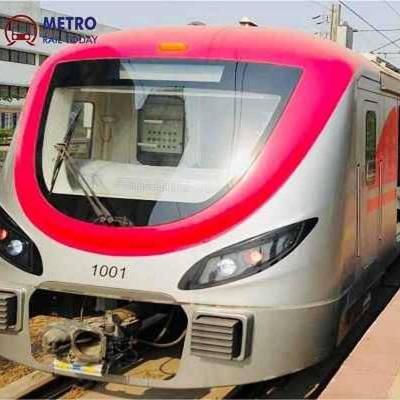

Entrepreneurs within the Taloja industrial corridor are pressing Cidco to extend the Navi Mumbai Line-1 Metro between Belapur and Pendhar by constructing two additional metro stations. A delegation from the Taloja Industries Association (TIA) recently met with senior officials from Cidco to advocate for the inclusion of stations numbered 12 and 13. These proposed stations aim to address the commuting needs of the substantial industrial workforce in the Taloja MIDC belt.
The existing Metro Line-1, spanning from Belapur to Pendhar in Taloja, comprises 11 stations. The addition of two more stations is envisioned to facilitate seamless travel for commuters within the industrial sector. Moreover, the TIA has requested a 5-acre plot for the construction of an Employees State Insurance Corporation (ESIC) hospital to cater to the healthcare needs of the workforce in these industries.
The TIA's charter of demands emphasises the necessity of the two new metro stations, which would enhance last-mile connectivity for over 3 lakh industrial workers in Taloja MIDC. Given the absence of suburban trains and metro facilities, the workforce heavily relies on road transportation. Although the Navi Mumbai Municipal Transport (NMMT) operates some buses for industrial commuting, these are deemed insufficient for the substantial number of daily commuters.
During the meeting with Cidco's joint managing director, the delegation received assurances that the matter, including the allotment of 5 acres for the ESIC hospital, would be thoroughly examined. The joint managing director expressed a commitment to addressing the concerns raised by the industrial workforce. Satish Shetty, president of TIA, conveyed the positive outcome of the meeting, highlighting the necessity of connecting Metro Line-1 to the Taloja MIDC area. He emphasised that the current terminating point at Pendhar is distant from the MIDC area, and the proposed metro extension would greatly benefit the vast population relying on industrial transport.
The Navi Mumbai Metro Line 1 commenced operations on November 17, marking a significant milestone in the region's transportation infrastructure.